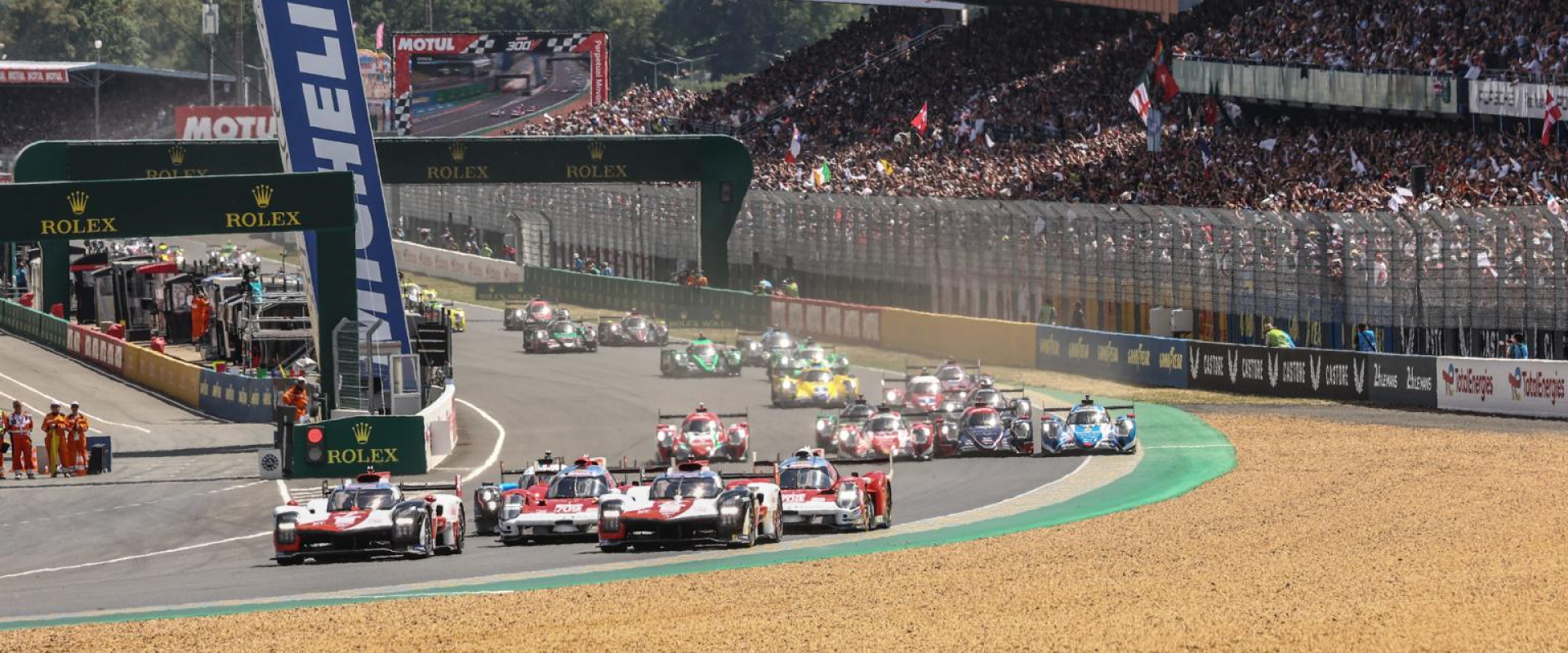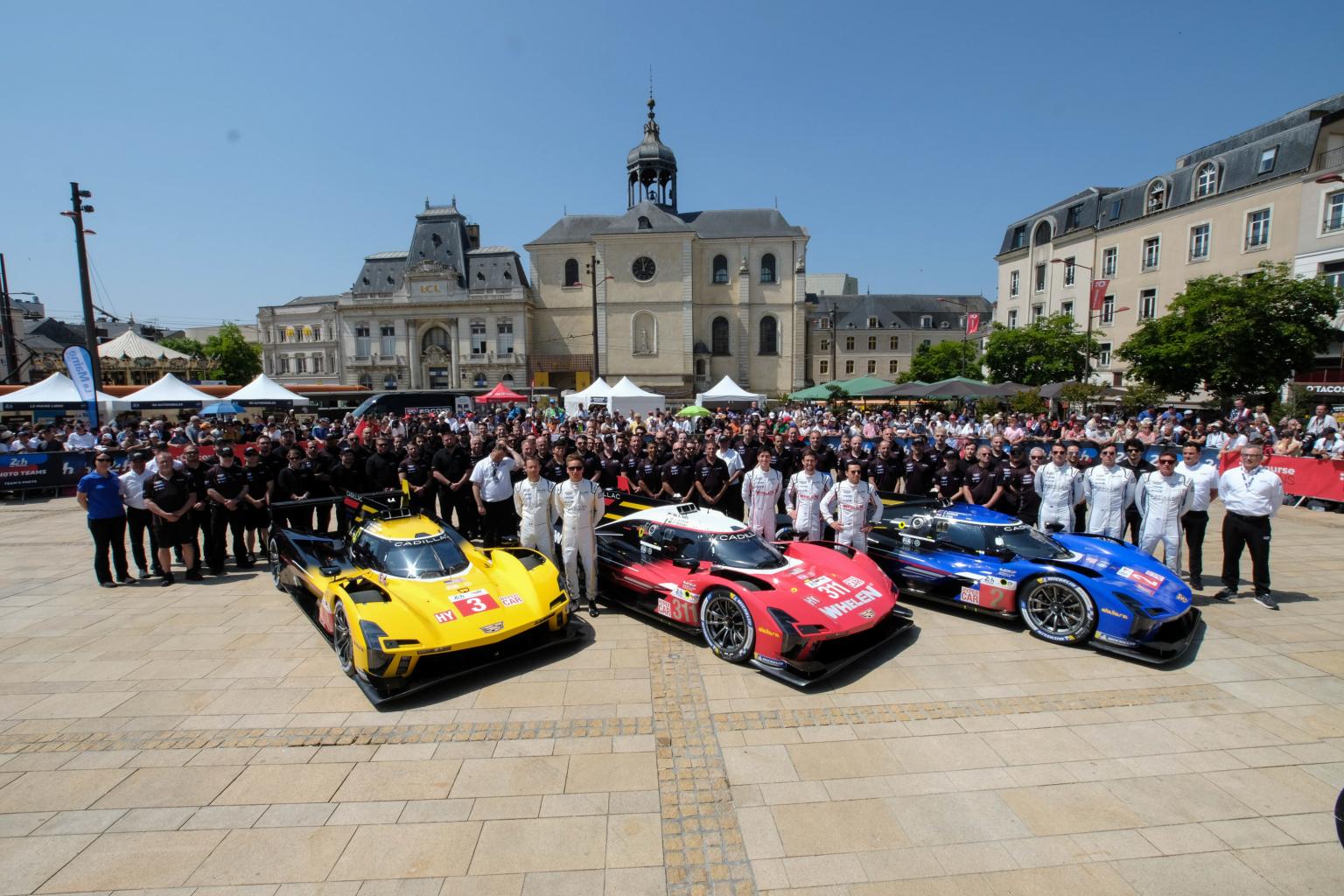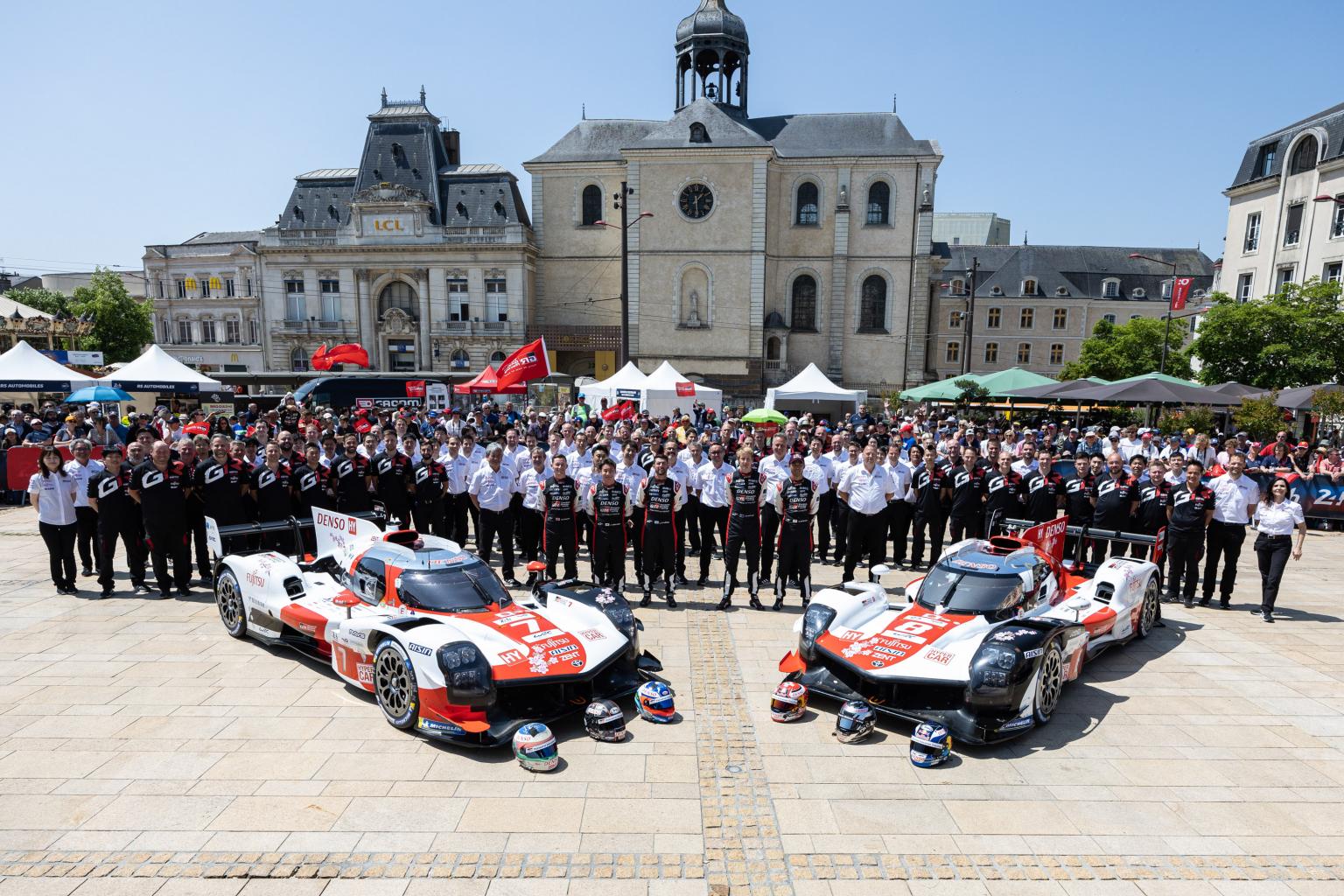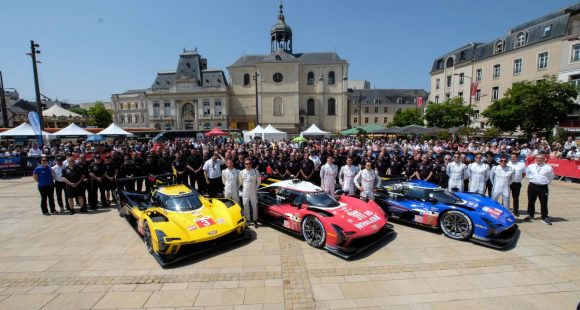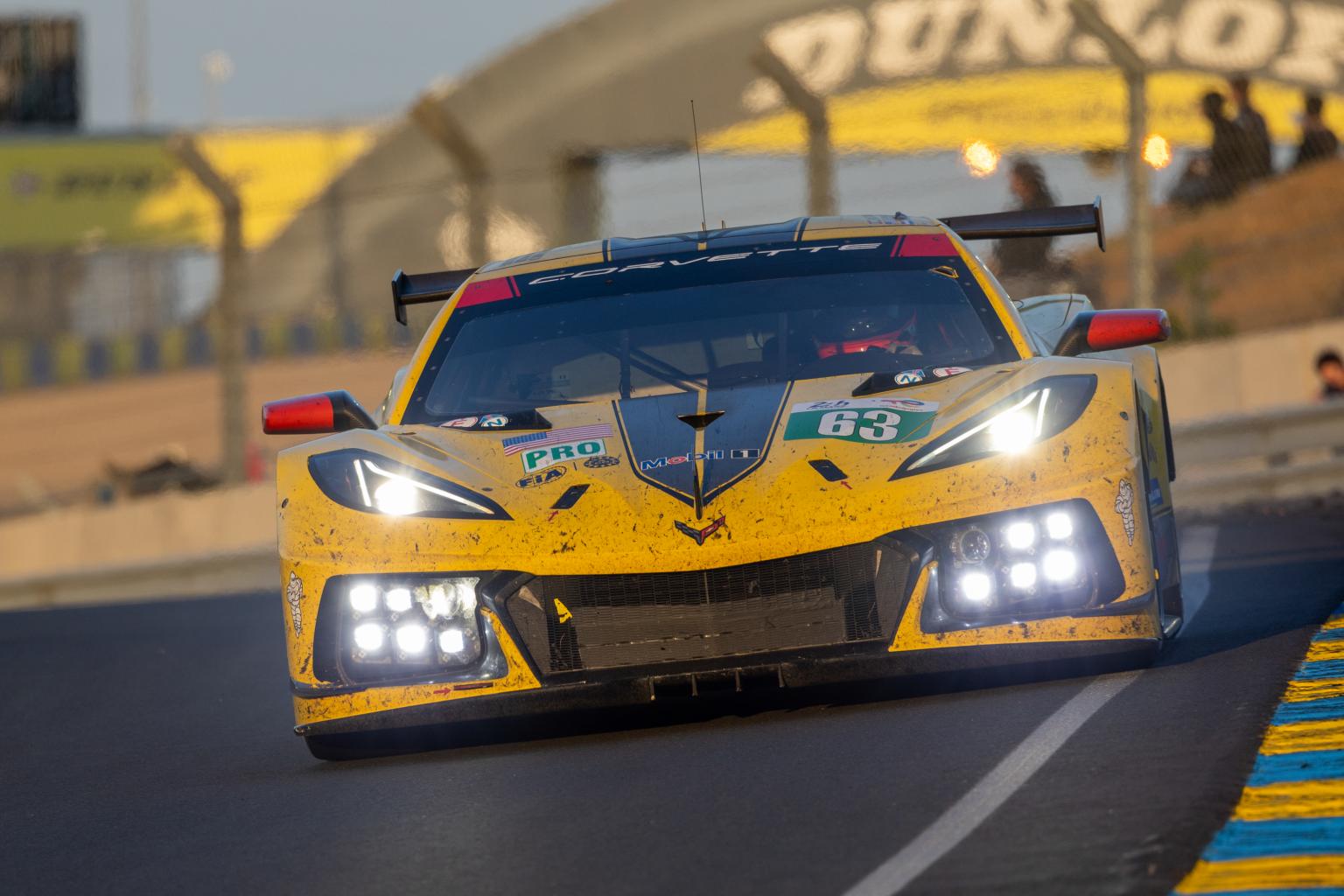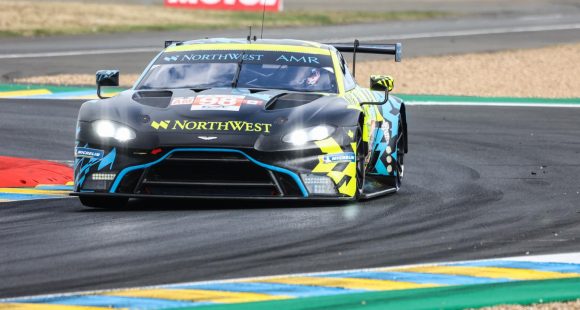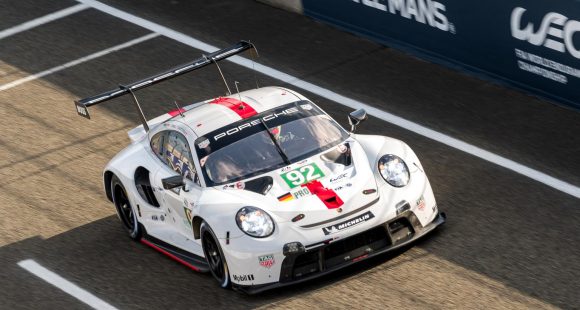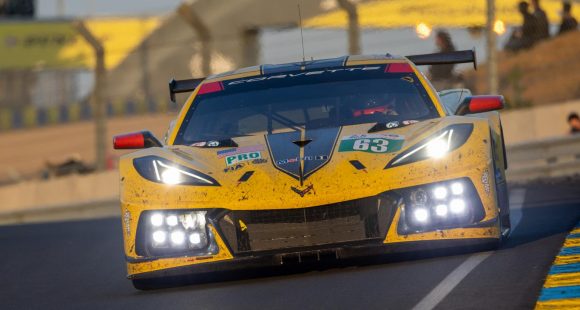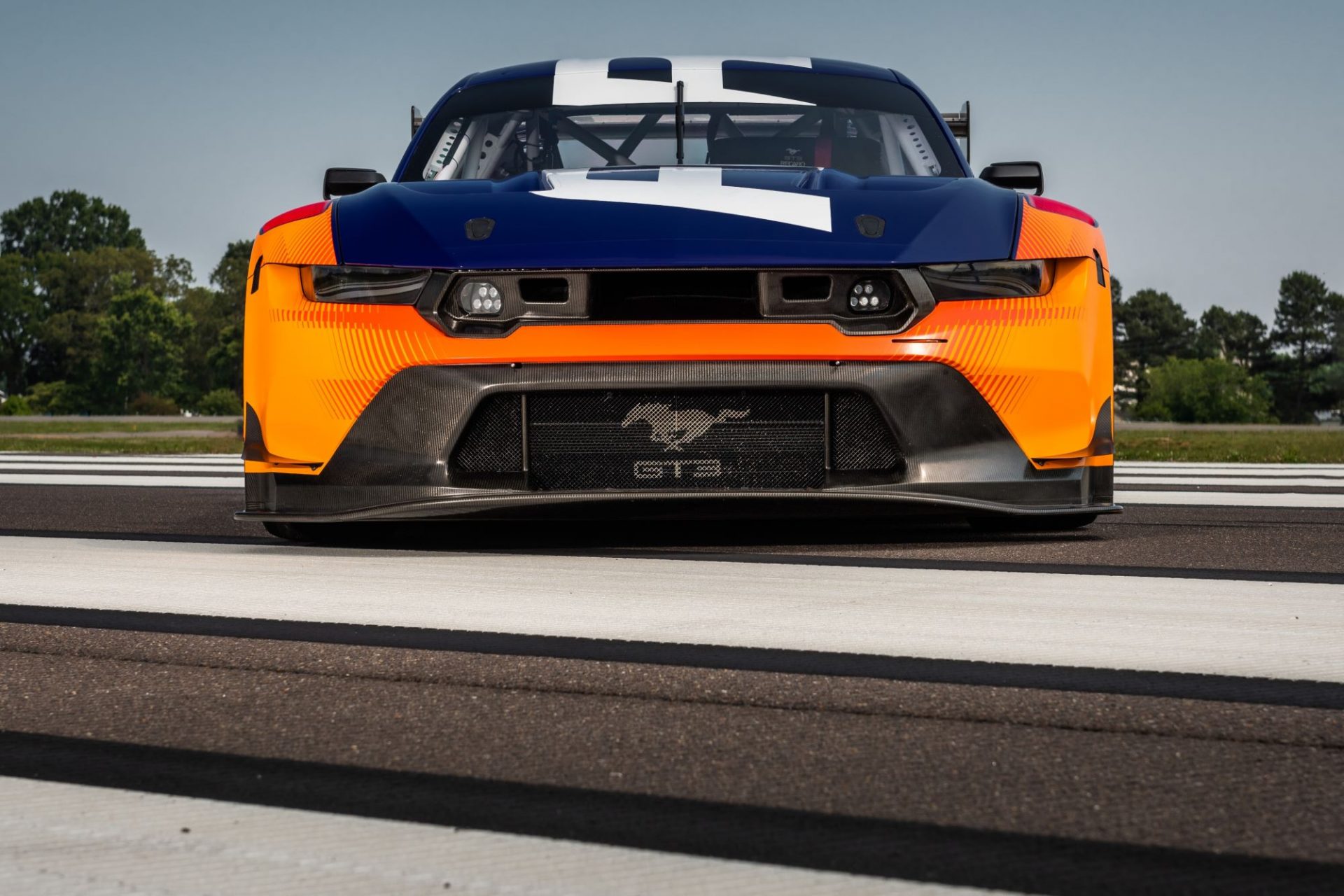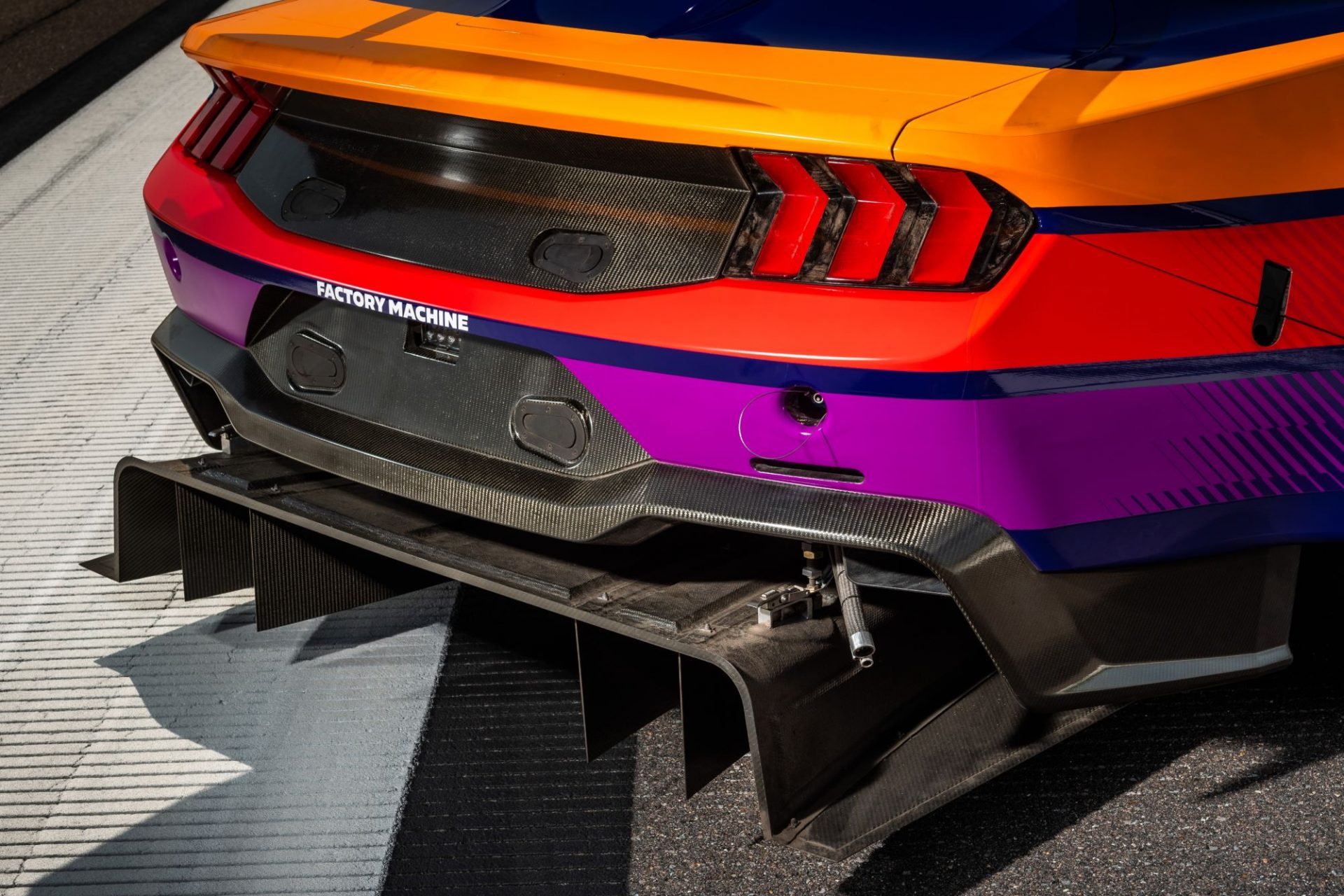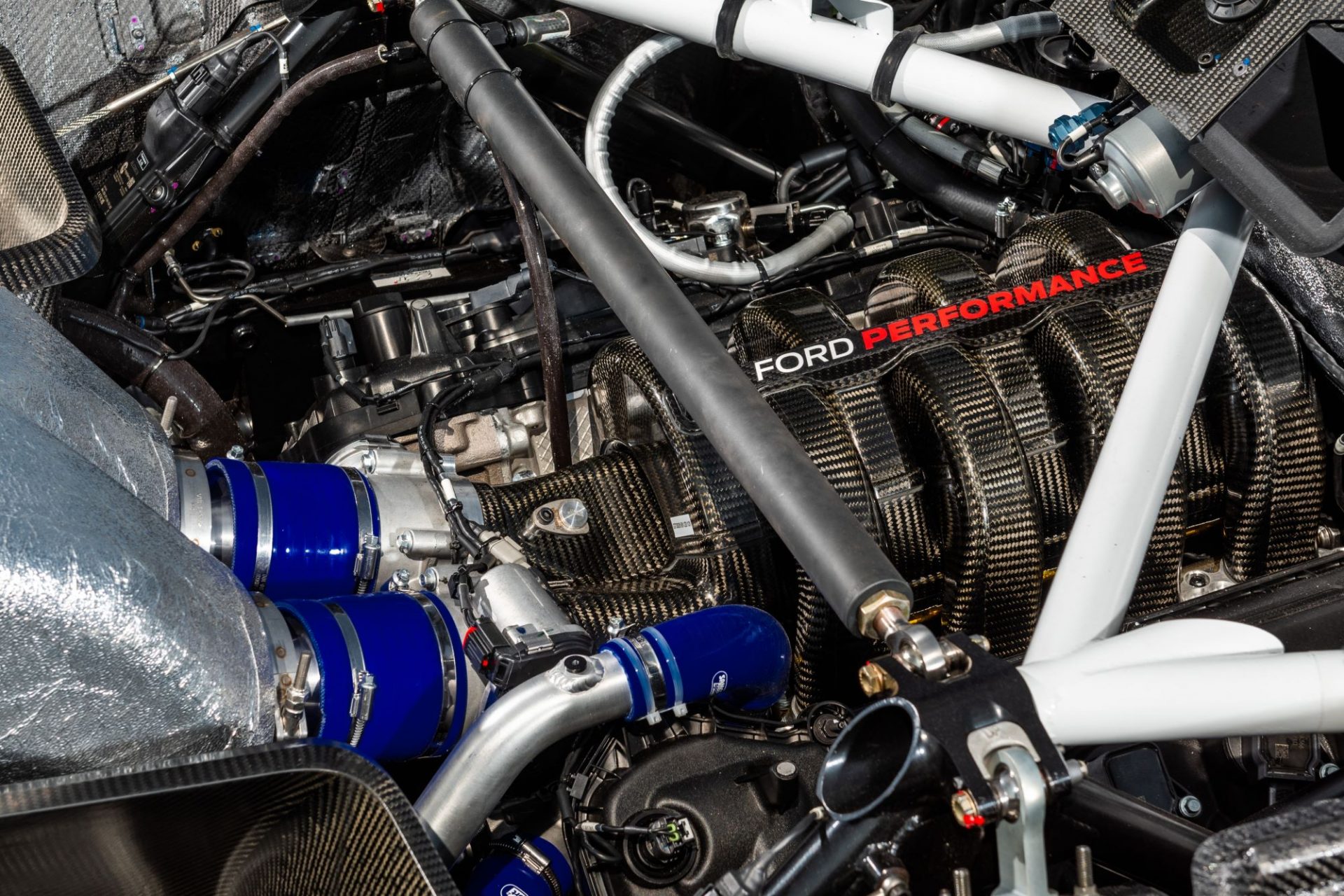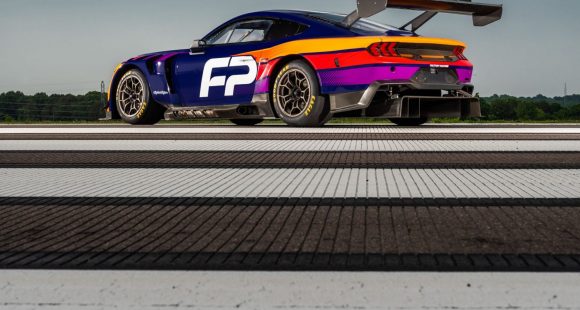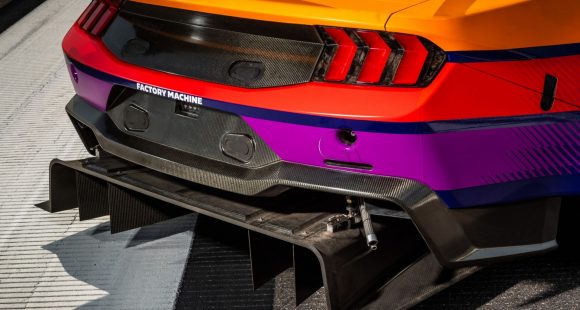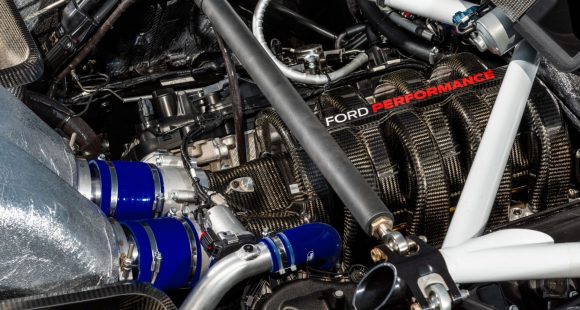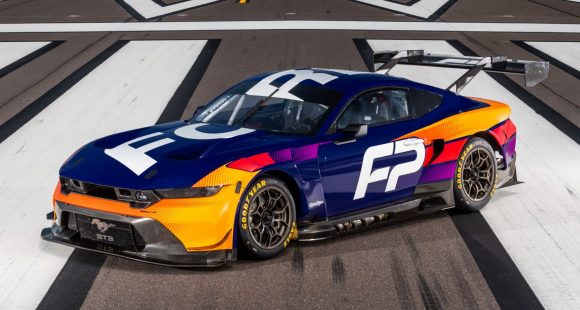Start Your Engines: 24 Hours of Le Mans is Here
June 9, 2023Worldwide motorsports fans will tune in to watch the centenary of the 24 Hours of Le Mans endurance race, starting this Saturday, June 10th.
The 24 Hours of Le Mans is arguably the most, and at the very least one of the most, iconic endurance races of all time. Manufacturers, teams and drivers from all countries and varying levels of experience enter into this race, which consists of a sea of cars across multiple classes launching off the grid Saturday and going at it into Sunday.
That means day and night, varying conditions, carefully scheduled pit stops and driver switches– it’s truly a sight to behold. And even more so this year, as the 2023 race marks the 100th anniversary of this defining event (minus a short break for World War II). The race takes place on Circuit de la Sarthe, located in Le Mans, Sarthe, France. Just once around the circuit will tally over 8 miles onto the odometer– and with Hypercar lap times estimated at 3 and a half minutes, you can imagine how quickly the thousands of miles add up.

Fortunately, as long as broadcast media has existed, motorsport fans have been able to tune in for updates on the event, and that’s only gotten easier with the advent of live television and internet-based streaming.
The official 24 Hours of Le Mans website has a neat outline showing all the different options, including a broadcast map for the entire globe. The race itself will begin on Saturday, June 10th at 10:00 am EST, but you can tune in a little sooner for some pre-race action. American fans are able to tune in to MotorTrend+, a paid streaming service, to watch the race, including a one hour pre- and post-race bumper. Those who still have television service can tune into the MotorTrend TV channel as well. There’s also a streaming website dedicated to the event; again, it appears streaming the race is behind a paywall, but watching some of the practice sessions is free– just be sure to sign in with an account.
The official “24 Heures du Mans” YouTube channel has begun uploading some highlights from the qualifying races, so if you just want to get a taste of the action before fully committing, be sure to check it out. There will certainly also be highlights and such uploaded to YouTube by amateur videographers and manufacturers themselves, so keep an eye open.
And speaking of manufacturers, the Le Mans site also has a dedicated page to see all the entries, including a downloadable list covering all entries. It shows the team, class, vehicle number, drivers and more. The primary classes are Hypercar, LMP2 and LMGTE Am. They split up a majority of the field; however, there is a sole entry in the Innovative Car class which we’ll touch on soon.
There’s a more descriptive breakdown of each class online, but we’ll give you a condensed definition of each. The Hypercar class is at the top of the food chain at Le Mans. These are closed-cockpit prototypes that can be outfitted with front-axle mounted hybrid systems. The architecture between cars will vary, provided the builders work within set build parameters– for example, each vehicle must weigh a minimum of 1,030 kg (2271 lbs) with a maximum output of 500 kW (670 hp), tires provided only by Michelin.
The Hypercar class is broken down into two categories: LMH (Le Mans Hypercar) and LMDh (Le Mans Daytona h). LMH cars are built by competing manufacturers, while LMDh qualifiers must use a chassis provided by one of four manufacturers: Dallara, Multimatic, Ligier or Oreca. The engine, hybrid system and body, while still under restrictions, are up to the team. This year, the Hypercar class consists of teams and vehicles from Cadillac Racing, Porsche Penske Motorsport, Toyota Gazoo Racing, Ferrari AF Corse, Peugeot TotalEnergies, Glickenhaus Racing, Action Express Racing, Hertz Team Jota and the Floyd Vanwall Racing Team. You should see red backings behind the vehicle identification numbers on this year’s Hypercar entries.
Next in the rungs is the LMP2 category, which is also defined by select construction limitations. In 2017, four chassis constructors were selected: Oreca, Onroak Automotive, Dallara and Riley-Multimatic. These chassis are paired up to a single engine, a 4.2-liter Gibson V8. These restrictions help cap costs for the private teams entering.
Again, these are closed-cockpit prototypes that follow a series of criteria; a minimum weight of 930 kg (2050 lbs), a max 75 liter fuel tank and dimensional restrictions, just to name a few. The aforementioned V8 puts out 600 horsepower– pretty nasty considering the weight of these vehicles. You can tell it’s an LMP2 car by the blue lights and the blue backing on the number identifier.
Moving down to the LMGTE Am class, this is where some of the vehicles may start to look more familiar. These are two-door, road-legal sports cars piloted by, according to the Le Mans definition, “amateur drivers”– perhaps an apt technical term, but nothing about these 24 hours would be classified as “amateur.” These vehicles face different criteria regarding fuel tank size, engines and so on. This year, expect to see a handful of Porsche 911 RSRs, Ferrari 488 GTE EVOs and Aston Martin Vantage AMRs, identified by orange lights and an orange backing on their identification numbers. They make up the bulk of the field, but keep your eyes peeled for the sole US entry in this class– the #33 Chevrolet Corvette C8.R operated by none other than Corvette Racing.

And speaking of Detroit’s bow tie, this year we can expect to see Hendrick Motorsports entering in the Innovative Car class with a Chevrolet Camaro ZL1. This is part of the Garage 56 program, devised back in 2012 to offer a single slot for “innovative and extraordinary vehicles.” This year, that slot goes to this next-gen NASCAR machine, powered by a mean R07 small block V8, used to power Chevrolet’s teams in the NASCAR Cup Series. This ZL1 features special lighting, aero treatments and a unique livery.

And to show Chevrolet’s commitment to the event, they’ve announced a 2024 Camaro ZL1 Garage 56 edition. This commemorates the ordeal with a new Riptide Blue paint with additional gold and white accents. There’s special badging and NASCAR 75th Anniversary logos, paired up with unique aero (like the front fascia dive-planes) and a Cup car-styled wicker bill spoiler. It’s powered by a supercharged 6.2-liter LT4 V8, making 650 horsepower. Prospective buyers will need to act fast, as only 56 production units will be made for the US market.
Not to be outdone by their crosstown rivals, Ford has debuted the Mustang GT3 at Le Mans. For the record, it is not competing in any of the classes this year, but it is a sign pointing towards the Blue Oval’s return in the future– June 2024, to be exact.
The colorful livery, which sports a simplified Ford Performance branding, covers the extensive aero and bodywork done to the GT3. Under the hood is a 5.4-liter Coyote-based V8, to be assembled by World Rally Championship partner and two-time winning team M-Sport. The building and support of the Mustang GT3s will be done by Multimatic, another long standing partner. Other goodies include a bespoke suspension setup, a rear-mounted transaxle gearbox and loads of carbon fiber.
With this reveal, Ford has officially entered the Mustang into the global FIA GT3 category. The brand’s most recent victory at Le Mans was in 2016 with their GT supercar.
And that, race fans, is your preamble for this weekend’s 24 Hours of Le Mans. As a reminder, the race kicks off Saturday morning at 10:00 am eastern time.




